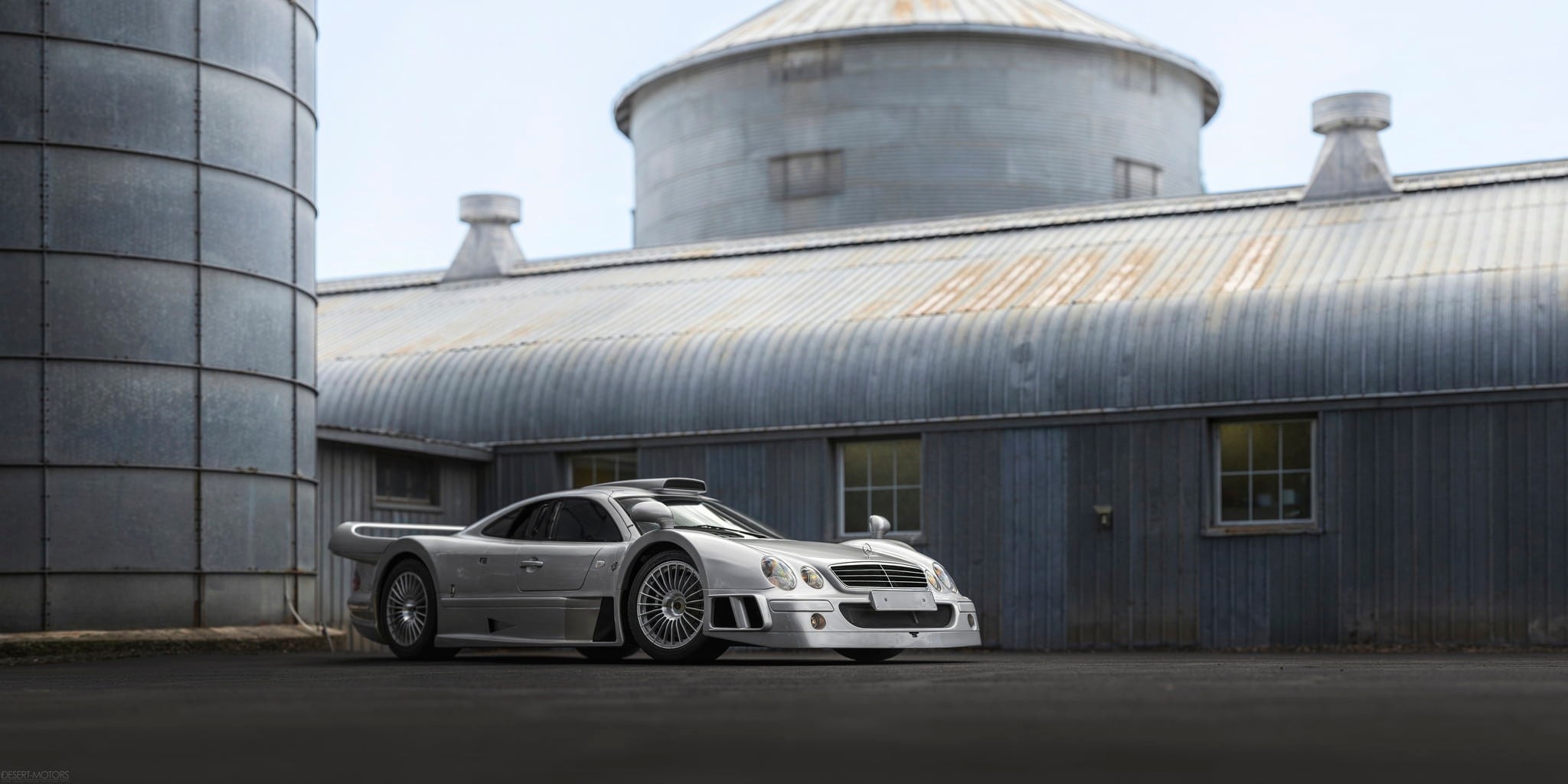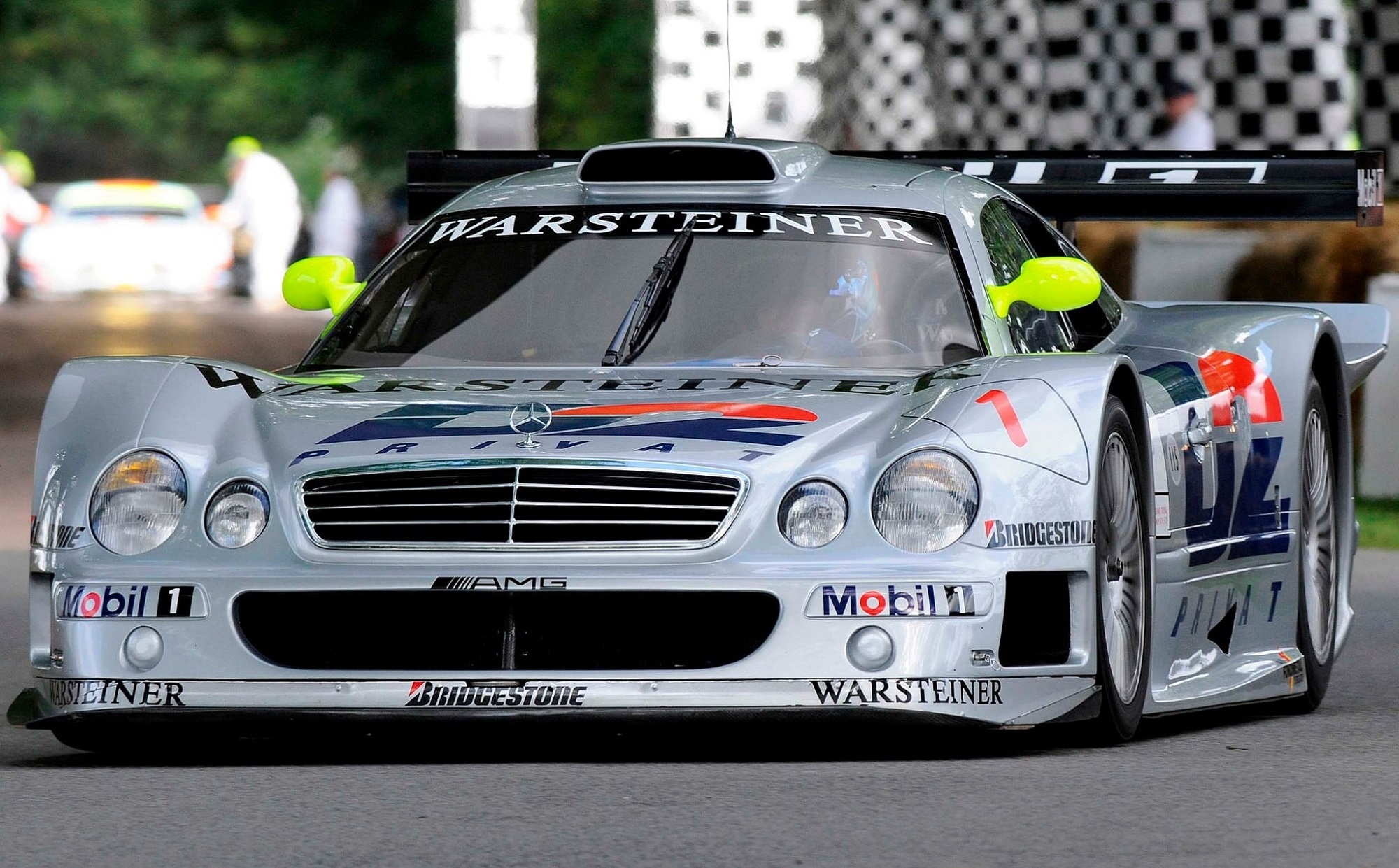Now Reading: The Mercedes-Benz CLK GTR – Racing Royalty on the Road
-
01
The Mercedes-Benz CLK GTR – Racing Royalty on the Road
The Mercedes-Benz CLK GTR – Racing Royalty on the Road

In the late 1990s, Mercedes-Benz and AMG embarked on a project that would create one of the most iconic cars in automotive history: the Mercedes-Benz CLK GTR. This remarkable machine began as a race car designed for the FIA GT Championship, quickly gaining fame for its extreme performance, rare exclusivity, and an unmistakably aggressive design that demanded attention both on the track and the road.
Developed with one purpose in mind — to dominate the racetrack — the CLK GTR was built with the ambition to compete against the top endurance racing cars of its time. The design drew inspiration from the Mercedes-Benz CLK road car, but nearly every aspect was re-engineered to meet the rigorous demands of racing. The outcome was a prototype featuring a 6.9-liter naturally aspirated V12 engine capable of producing over 600 horsepower, a powerhouse that propelled the car into the upper echelons of motorsport performance.

The CLK GTR made its mark on the track, securing numerous wins and solidifying Mercedes’ legacy in motorsport history. Its racing lineage distinguished it from other high-performance road cars of the era, while its design DNA inspired future AMG projects.
To satisfy FIA’s homologation requirements, Mercedes had to produce a road-legal version of the CLK GTR. In 1998, they released a limited run of just 25 models designed for street use. These homologation cars retained much of the racing pedigree, including the formidable 6.9-liter V12 engine that delivered 612 horsepower and 572 lb-ft of torque. Mated to a 6-speed sequential transmission, this engine propelled the car from 0 to 60 mph in just over three seconds, reaching a top speed of 214 mph — figures that remain impressive even today.
The CLK GTR’s design is as bold as its performance. Its low, wide stance, massive rear wing, and muscular bodywork reflect its racing origins, prioritizing aerodynamics over conventional aesthetics.


The use of carbon fiber helped keep weight down, while the prominent air intakes and wide rear haunches give it an intimidating presence. The CLK GTR looks as if it belongs on the racetrack, and indeed, it was designed to dominate it. Yet, it could also be spotted legally navigating city streets, albeit in extremely rare instances.
Inside, Mercedes-Benz opted for a stripped-back, race-inspired cabin layout. Minimalist features dominated the design, with carbon fiber and aluminum creating a cockpit-like environment. A digital display replaced traditional analog gauges, enhancing the vehicle’s futuristic feel.
With only 25 road cars produced, the CLK GTR stands as one of the rarest Mercedes models ever made. Collectors prize it not just for its scarcity but also for its connection to motorsport and the storied legacy of Mercedes. Each car was hand-built, reflecting AMG’s unwavering commitment to perfection and attention to detail.

As an ultra-rare and ultra-expensive collector’s item, the CLK GTR has significantly appreciated in value over the years. Today, it commands prices well into the millions at auction, attracting buyers drawn to its unique blend of pedigree, rarity, and sheer performance.
In a world filled with modern hypercars and electric innovations, the Mercedes-Benz CLK GTR is more than just a car; it’s a piece of automotive history. As a road-going race car, it embodies Mercedes-AMG’s technical prowess and their dedication to creating vehicles that push the limits of performance. With its raw power, breathtaking design, and exceptional exclusivity, the CLK GTR has secured its place as one of the most revered hypercars of the late 20th century.
The CLK GTR serves as a testament to an era when homologation rules produced some of the most remarkable road-legal race cars ever made, embodying passion, performance, and the unyielding spirit of racing — a true masterpiece for the ages.
























